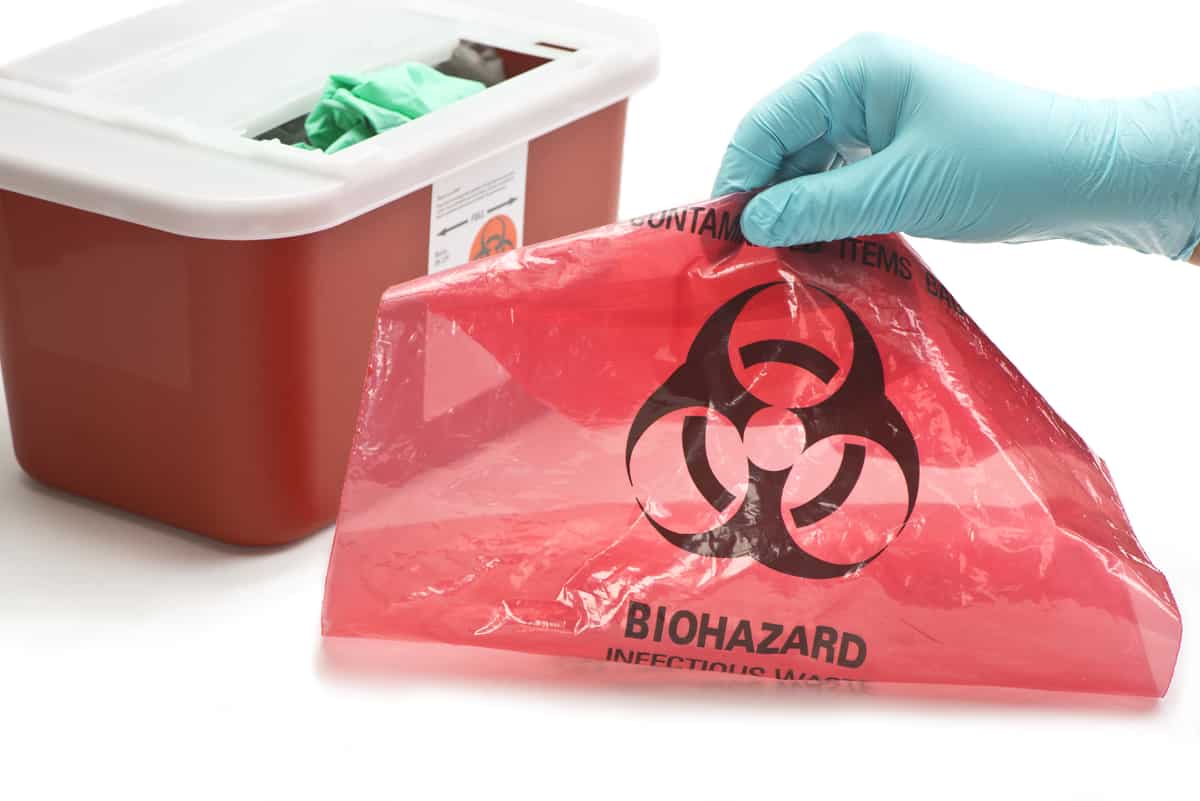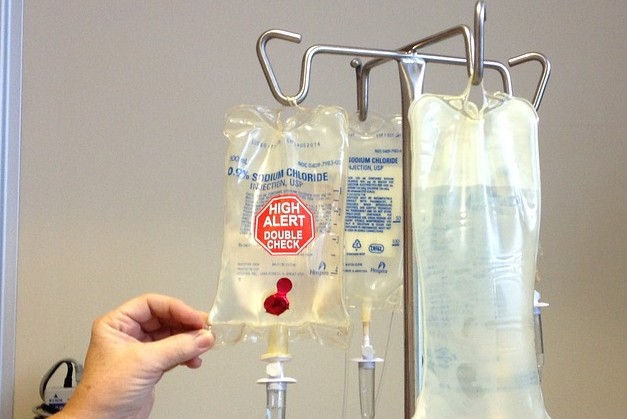Remain Ahead of Laws: Specialist Suggestions on Medical Waste Disposal
In a globe where the health care industry is constantly advancing, it is imperative for clinical facilities to stay in advance of policies when it comes to the proper disposal of clinical waste. From comprehending the different groups of medical waste to implementing the appropriate collection and partition techniques, this conversation will certainly provide beneficial insights and workable ideas to assist centers stay in advance of policies in the ever-changing landscape of medical waste disposal.
Understanding Clinical Waste Categories
Understanding medical waste groups is necessary for proper disposal and administration in healthcare facilities. Clinical waste refers to any type of waste generated by health care tasks that may present a threat to public wellness or the environment. It is important to classify medical waste precisely to guarantee its safe handling, disposal, transport, and therapy.
There are a number of groups of medical waste that health care centers require to be aware of. The most typical classifications consist of transmittable waste, pathological waste, sharps waste, pharmaceutical waste, and chemical waste. Each category has specific guidelines and policies for its correct monitoring and disposal.
Infectious waste includes materials polluted with blood or various other physical liquids, such as gloves, gowns, and laboratory cultures. Pathological waste refers to human tissues, organs, or body components that require special delivery and disposal. Sharps waste includes utilized needles, syringes, and various other sharp items that can create injury and send infections. Drug waste consists of run out, extra, or contaminated drugs that need careful handling and disposal. Chemical waste includes solvents, anti-bacterials, and various other chemical substances made use of in healthcare centers.
Staying Up-To-Date With Regulatory Changes
Staying existing with governing adjustments is crucial for healthcare centers to make certain conformity and appropriate management of medical garbage disposal. medical waste removal service. With regulations constantly advancing, it is vital for health care facilities to stay current to prevent penalties, penalties, and prospective harm to the setting and public wellness
To stay in advance of regulative changes, medical care centers should develop a system for tracking and monitoring updates. This can be done by registering for regulatory e-newsletters, going to workshops and seminars, and actively getting involved in industry organizations. Additionally, centers ought to mark a personnel or group responsible for remaining notified and sharing info to relevant stakeholders.
Routine communication with regulative agencies is likewise important. Healthcare facilities must establish connections with neighborhood, state, and federal companies to guarantee they are conscious of any kind of changes in policies that might impact their waste administration techniques. This can be done through routine conferences, participation in public comment durations, and aggressive engagement with regulative firms.
Moreover, healthcare centers ought to consider partnering with waste administration companies that concentrate on medical garbage disposal (medical waste disposal services with WasteX). These companies are typically fluent in the most up to date guidelines and can give guidance and support to make certain compliance
Executing Proper Collection and Segregation Methods
To successfully take care of clinical garbage disposal, healthcare facilities must establish proper collection and segregation methods according to regulatory guidelines. Implementing these methods guarantees the safe handling and disposal of potentially hazardous products, shields the setting, and decreases the threat of injuries and infections to medical care employees and the general public.
Proper collection and segregation approaches involve using designated containers and classifying systems. Medical care centers ought to offer clearly classified containers for various types of medical waste, such as sharps, transmittable waste, pharmaceutical waste, and non-hazardous waste. These containers need to be color-coded and plainly marked to avoid complication and promote easy recognition.
Additionally, healthcare centers must train their team on the right procedures for collecting and setting apart medical waste. This consists of informing them on the different kinds of waste, the proper containers to use, and the importance of adhering to guidelines and regulations. Normal training sessions and correspondence course must be conducted to make certain that personnel stay up-to-date on finest practices.
In addition, health care centers ought to develop a system for regular collection and disposal of clinical waste. This may include partnering with licensed waste administration firms that focus on clinical waste disposal. These firms will make sure that the accumulated waste is transported and dealt with in compliance important source with governing demands.
Picking the Right Disposal Methods

Incineration is just one of one of the most effective and typical techniques for taking care of particular types of clinical waste, such as pathological waste and sharps. It involves the look at this site controlled combustion of waste at heats, minimizing it to ash. However, incineration can launch dangerous toxins right into the air and add to air pollution.

Other disposal techniques consist of chemical treatment, microwave therapy, and landfilling. Chemical therapy involves using chemicals to reduce the effects of the waste and disinfect. Microwave therapy uses microwave power to heat and decontaminate the waste. Landfilling involves hiding the waste in a designated landfill area (medical waste disposal services with WasteX). Nonetheless, landfilling should be the last resort because of the prospective danger of contamination to dirt and groundwater.
Making Certain Conformity Via Documents and Training
After meticulously considering the appropriate disposal methods for medical waste, medical care centers have to make certain conformity with guidelines and lessen ecological effect by executing efficient documentation and training procedures. This action is crucial in maintaining a sustainable and safe environment for both medical care employees and medical waste disposal services with WasteX the public.
Health care employees that handle clinical waste must get appropriate training on waste partition, handling, and disposal treatments. By supplying extensive training, medical care facilities can equip their staff to make enlightened decisions and lessen the risk of improper waste disposal.
Conclusion
In verdict, staying ahead of policies in clinical waste disposal is critical for healthcare centers. medical waste removal. Comprehending the different groups of medical waste, remaining upgraded with governing changes, applying appropriate collection and segregation methods, selecting the suitable disposal approaches, and guaranteeing conformity with documentation and training are all necessary actions. By following these guidelines, healthcare organizations can efficiently take care of and get rid of of clinical waste in a liable and safe manner
From understanding the different categories of clinical waste to applying the ideal collection and segregation approaches, this discussion will certainly supply workable ideas and beneficial understandings to aid facilities remain in advance of guidelines in the ever-changing landscape of clinical waste disposal. - medical waste disposal services with WasteX
The most typical categories consist of infectious waste, pathological waste, sharps waste, pharmaceutical waste, and chemical waste. Health care centers need to offer clearly classified containers for different kinds of clinical waste, such as sharps, contagious waste, pharmaceutical waste, and non-hazardous waste. Medical care facilities need to establish a thorough system to record and track all elements of clinical waste disposal, consisting of types of waste produced, quantities, and disposal methods used. Health care workers who deal with clinical waste should obtain appropriate training on waste segregation, taking care of, and disposal procedures.